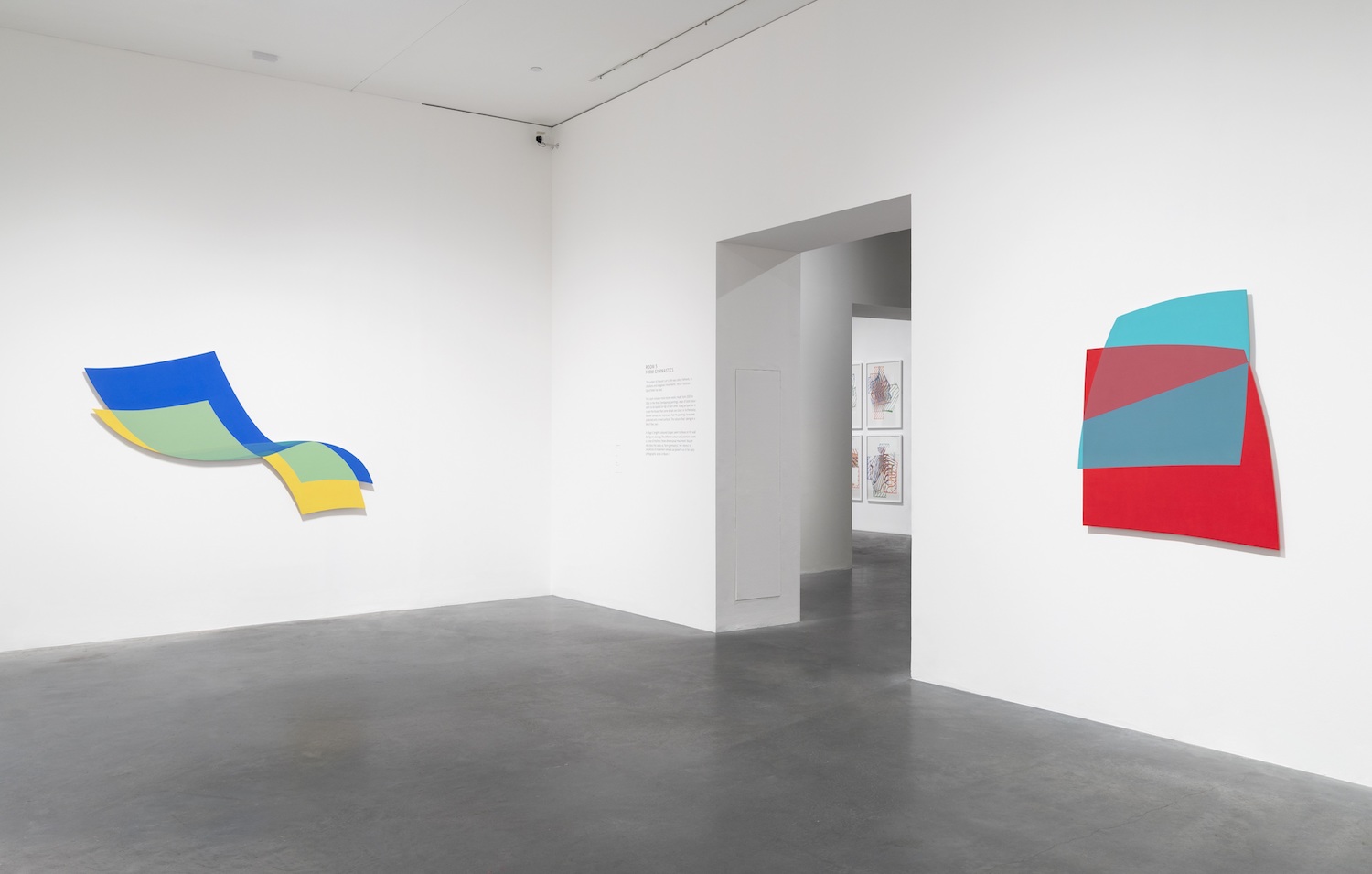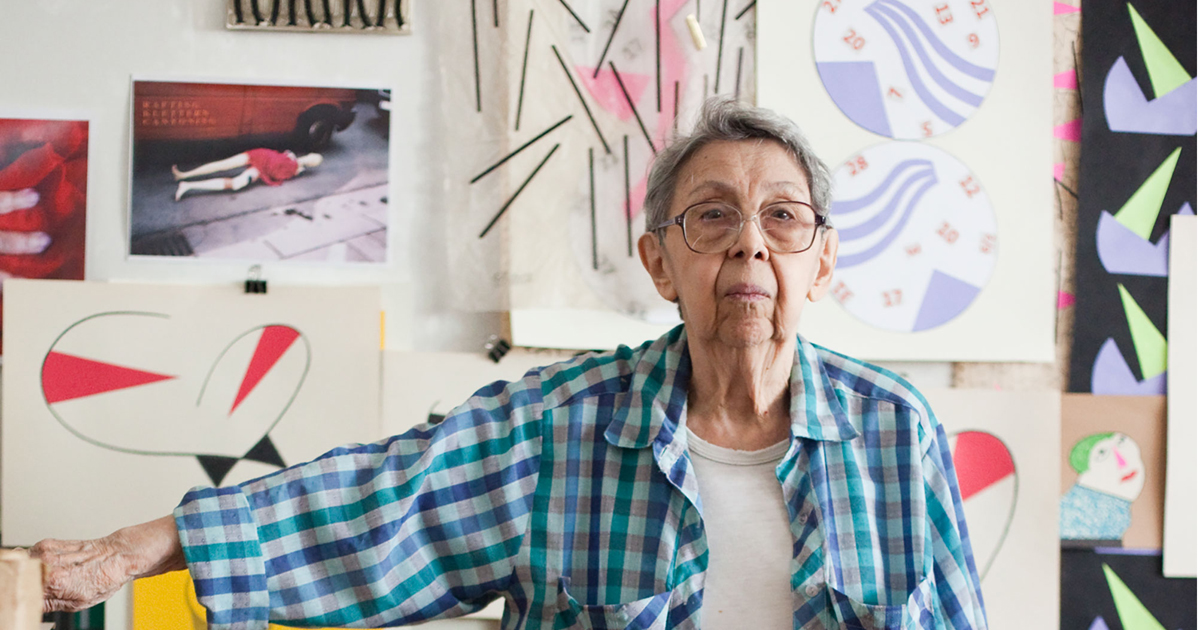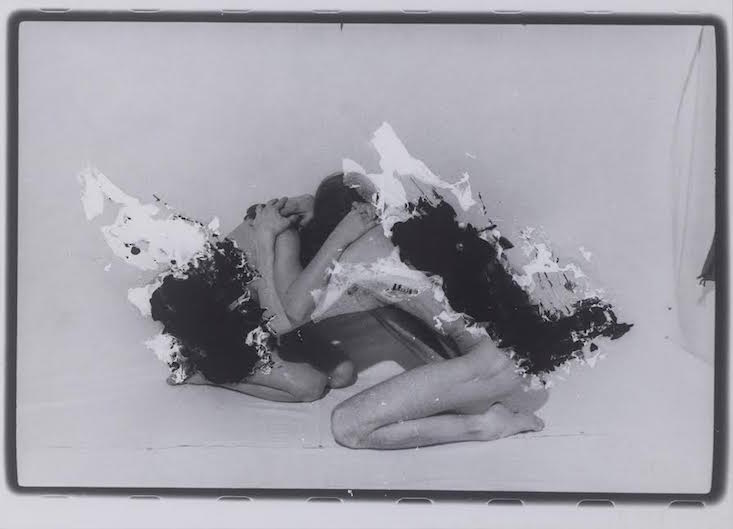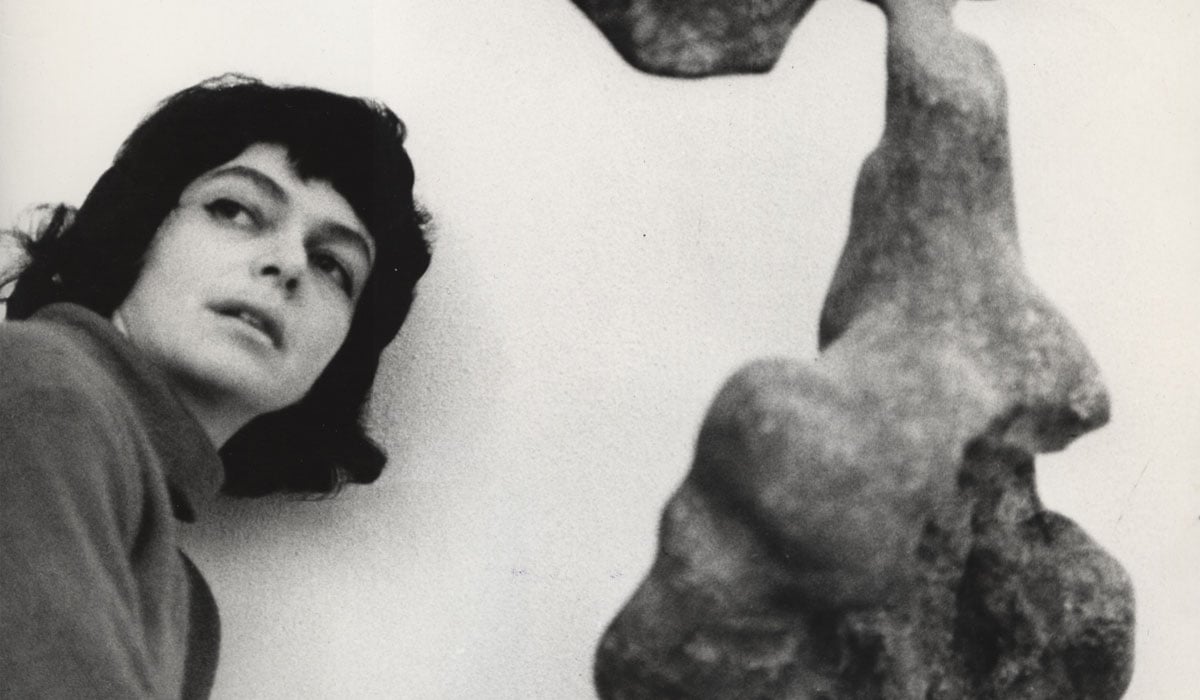The glorious optimist: Hungarian neo-avantgarde artist Dóra Maurer arrives at London’s Tate Modern
Dóra Maurer’s artistic experiments give off a rare and daring sense of freedom. Her joyful playfulness spans a great variety of media, ranging from film and photography, to conceptual 3D paintings.
Like many female artists of the 20th century, Maurer has only recently risen to international fame. For the 82-year-old artist, this is particularly the case in the anglophone world as opposed to German-speaking countries, which have long celebrated her artistic activity in Austria.
Now, London’s Tate Modern has launched a free exhibition celebrating the Hungarian provocateur, fresh on the heels of the capital’s prestigious White Cube gallery, who represent the artist in the UK.
Born in 1937 in Budapest, Maurer preserved her inner freedom despite living under the fierce censorship of communist Hungary for most of her life. Disregarding the socialist realist style preferred by the regime, Maurer pursued her own innovative practice within a community of like-minded independent artists, including figures such as Tibor Hajas, Endre Tót, Tamás Szentjóby, and Ilona Keserü. The octogenarian was never an outright dissenter. She made state-commissioned drawings of factories, for instance, work for which she has sometimes been accused of leading a “double life”. Maurer, however, says that she enjoyed the work. Like many artists, she also benefited from the state’s financial support.
Ironically, Maurer failed art school in 1965, together with 18 of her other classmates. (Luckily, she jokes at an artist talk at the Tate in January, she was never asked to show her diploma afterwards.) Yet she continued to work: creating art, teaching, translating, editing art magazines, and organising exhibitions. She was also about to live between Vienna and Budapest, thanks to her husband’s dual citizenship, setting her apart from many of her fellow countrymen who did not have such easy access to the West.
Maurer’s confident exploration of different media – ranging from etchings and printmaking to conceptual film, photography, and painting, as well as her passion for form – are reminiscent of her generational peer, Romanian artist Geta Bratescu. They also share a similar sense of humour, which comes across in both their art and real life personas.
“I search for reversible and changeable movements”
In the 1970s, Maurer worked in The Chapel Studio in Balatonboglár and joined the Béla Balázs Film Studio, which allowed her to experiment with film within a community of like-minded artists. In many of her films and photographs, she positions herself in front of the camera. Perhaps her most iconic work is “Seven Twists”, a series of mind-bending self-portraits that contain copies of the same image within the original portrait (which, appropriately for an artist, only lets her eyes and hands to be seen). Yet Maurer irreverently laughs about the work: “This was a joke!”
Moving into the 1980s, Maurer swapped other media for what she calls her “Space Paintings” – brightly coloured geometric investigations with overlapping grids and planes of colour, giving the illusion of a 3D image. The series, which makes up most of Maurer’s Tate Modern show, exudes a sense of playful exploration, as well as an acute interest in the study of primary shapes and colours. Is Maurer particularly interested in the language of geometry? “I search for reversible and changeable movements,” she says.
This mission is perhaps most obvious in Maurer’s 1972-75 black and white film “Relative Swingings”, which follows the movements of a hanging conical lamp using one still camera and one camera moving with the light fitting itself.
Maurer misses making film. But with the removal of state funding for the Béla Balázs Film Studio in the 1990s, the studios have slowly died; the last film was made there in 2005. Maurer says she stuck to painting because of convenience and costs. Yet she does not identify as a painter. “I am an artist,” she responds instead. “A conceptualist,” she adds, but “never without material”.
Tate Modern’s Dora Maurer show is free and runs until 5 July.
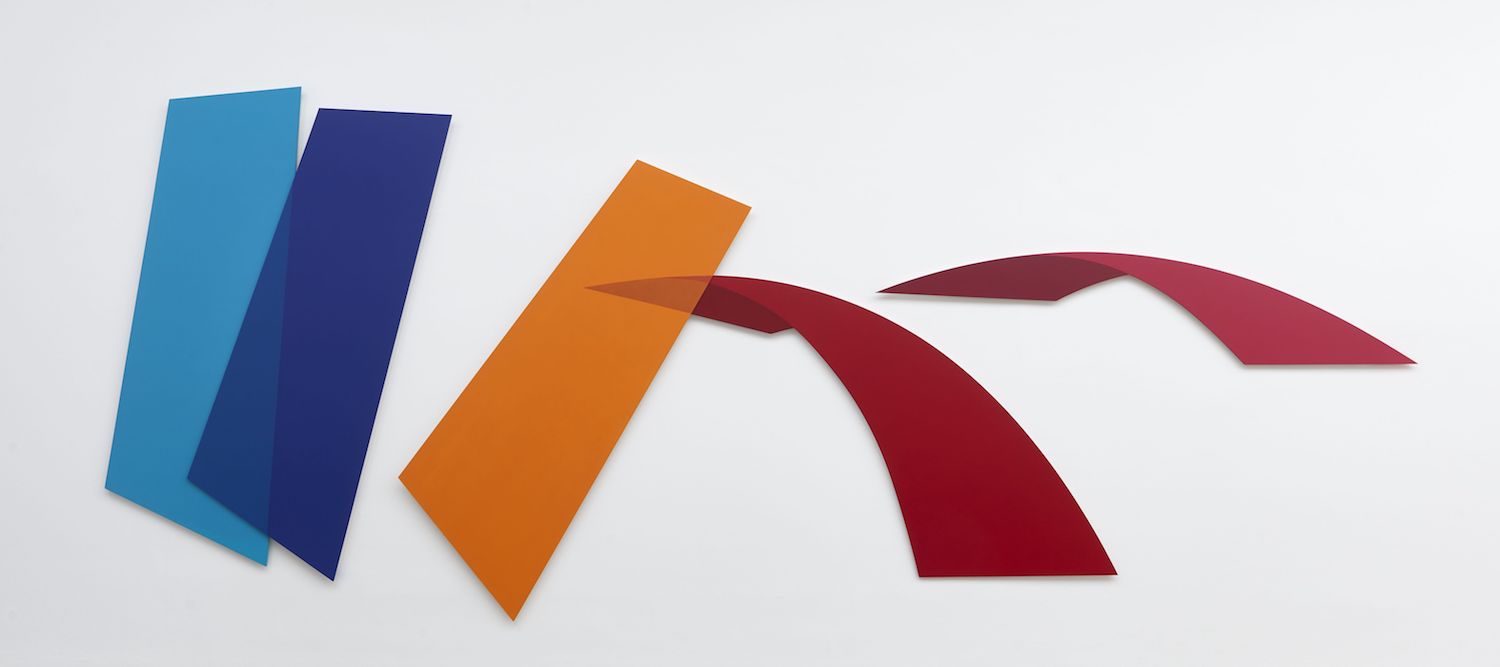

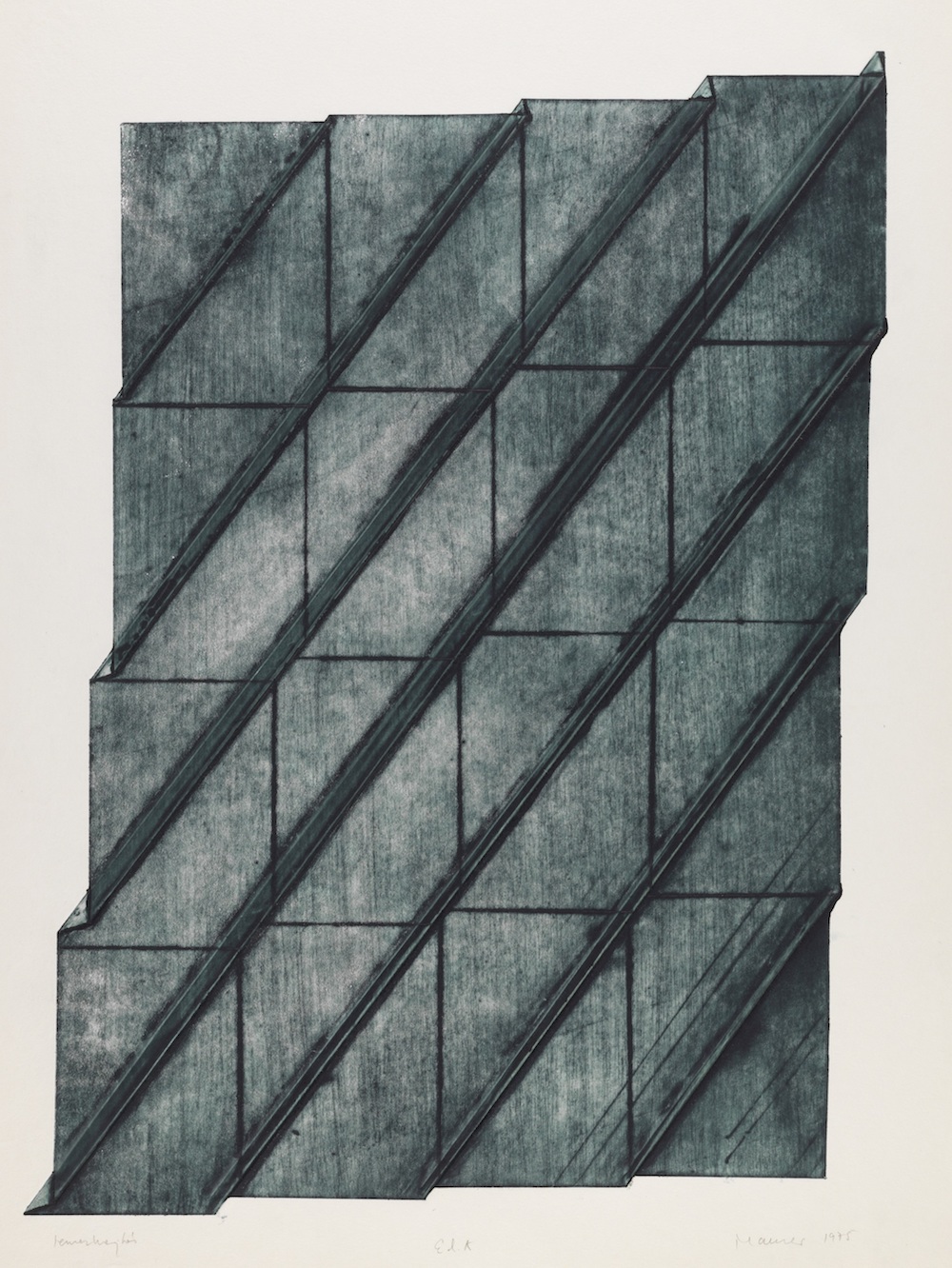
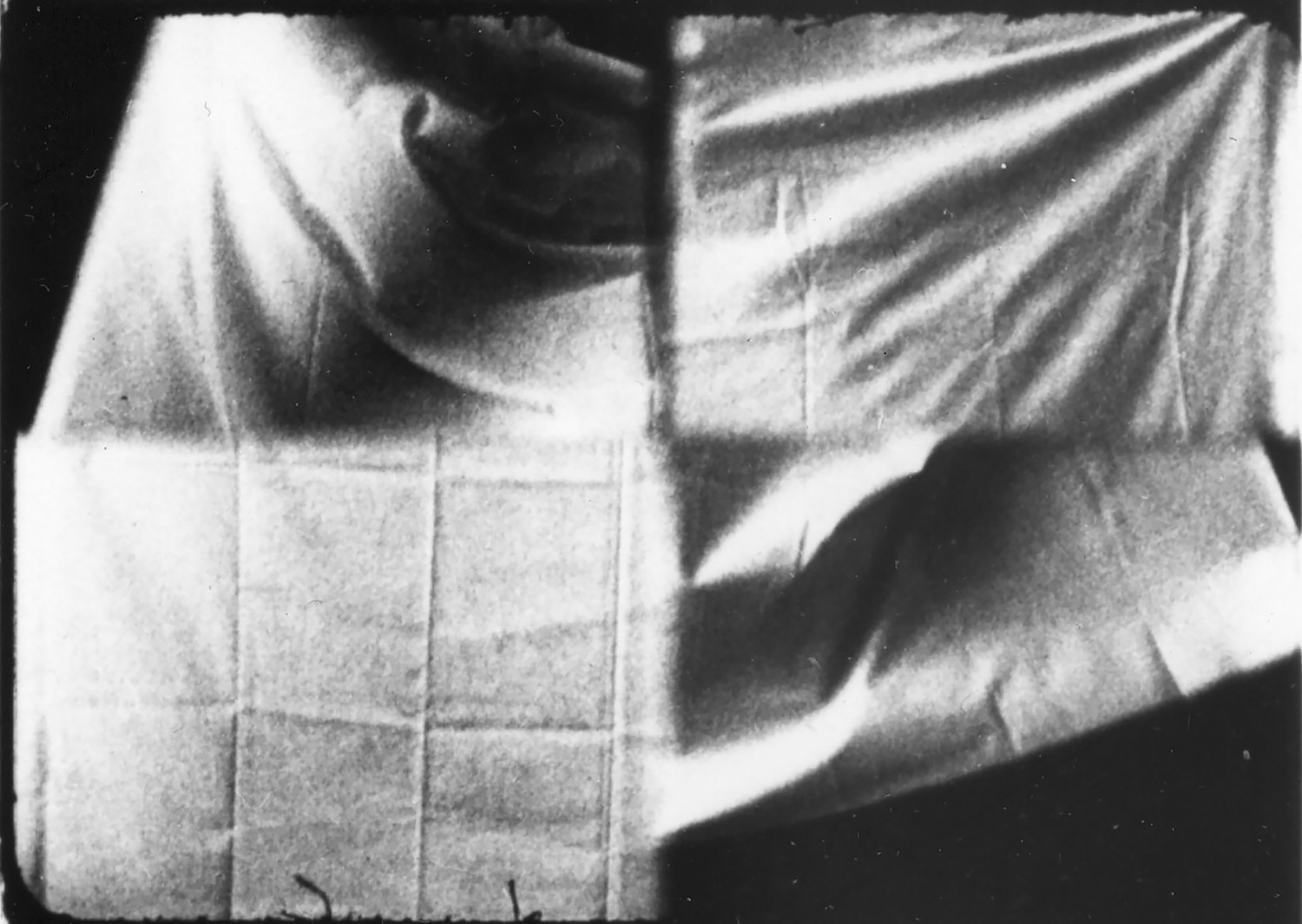
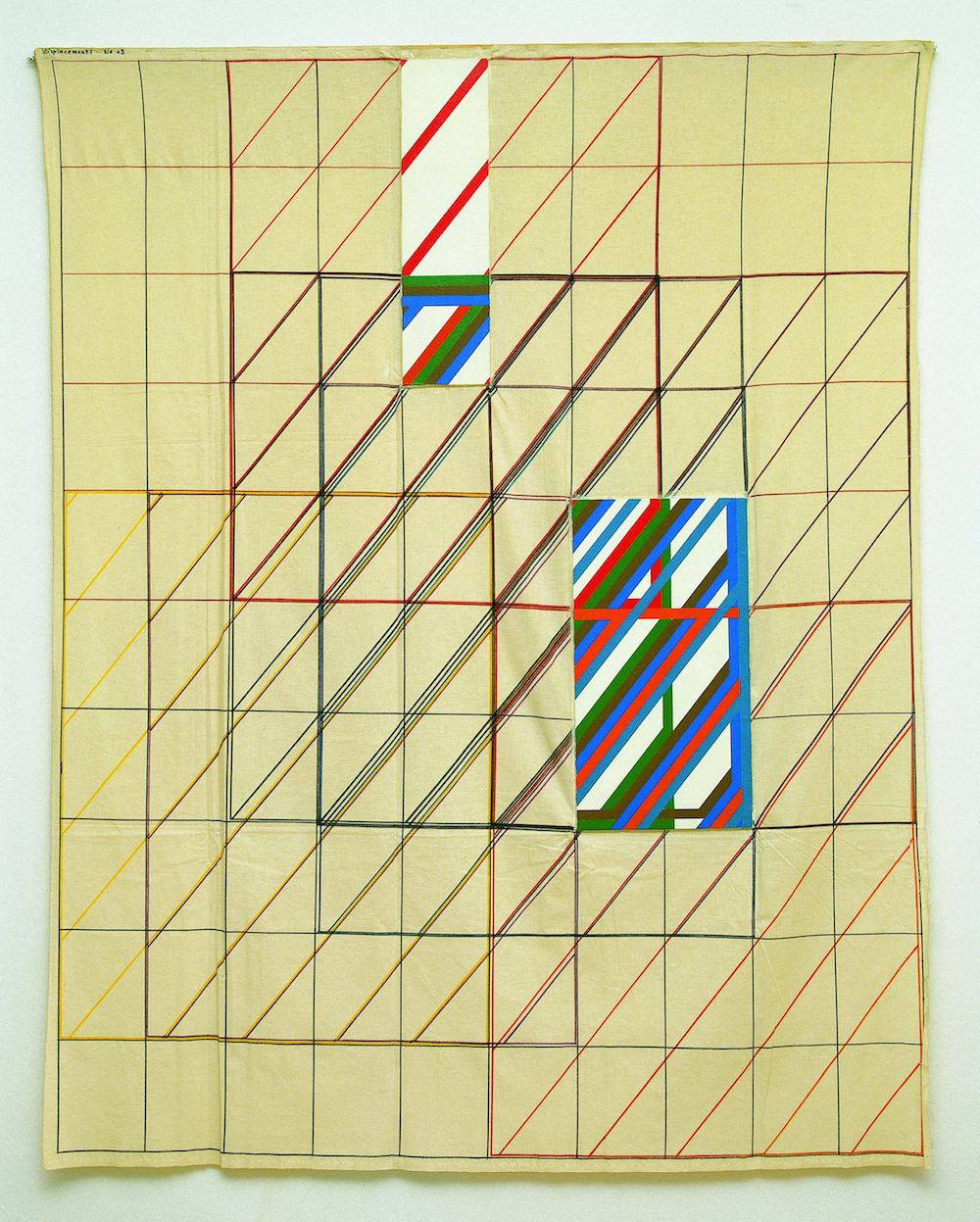


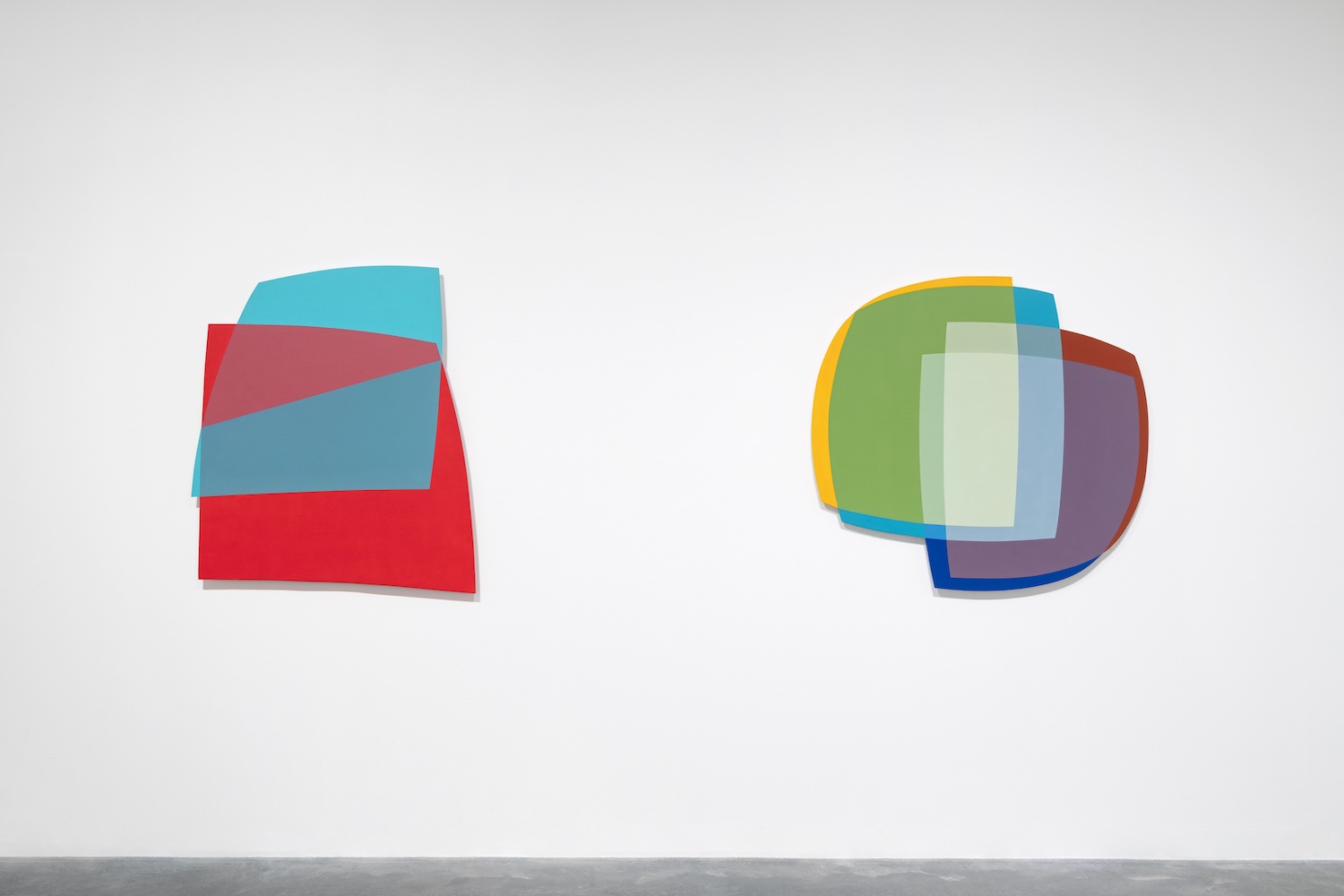
_Tate_(Matt_Greenwood)_4.jpg)
